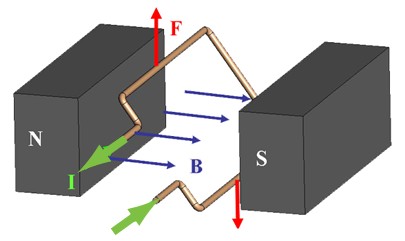You can follow these steps:
- In MsVisio, on the File tab, click Options, and then in the navigation pane, click Customize Ribbon.
- In the Main Tabs pane, click to select the Developer check box, and then click OK.
- On the Developer tab, click Show ShapeSheet, and then click Page.
- In the Print Properties section of the ShapeSheet, set the following values to 0:
PageLeftMargin
PageRightMargin
PageTopMargin
PageBottomMargin
Use the Fit to Drawing command again.
The page now resizes to fit the same dimensions of the drawing, and there is no margin.

 [reference:
[reference: